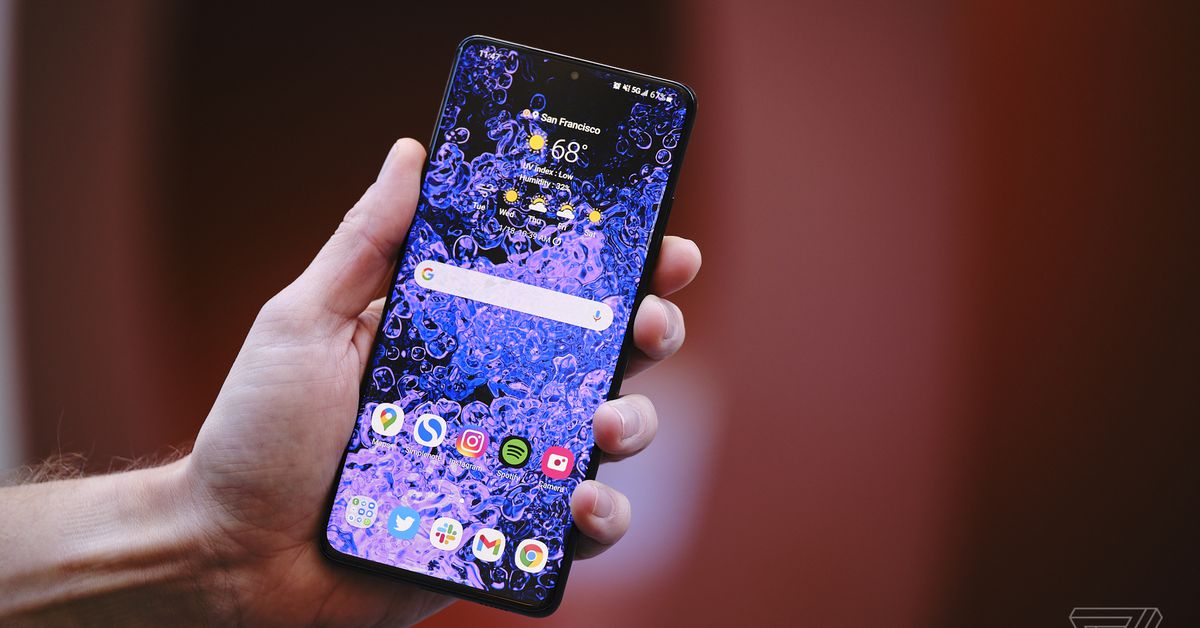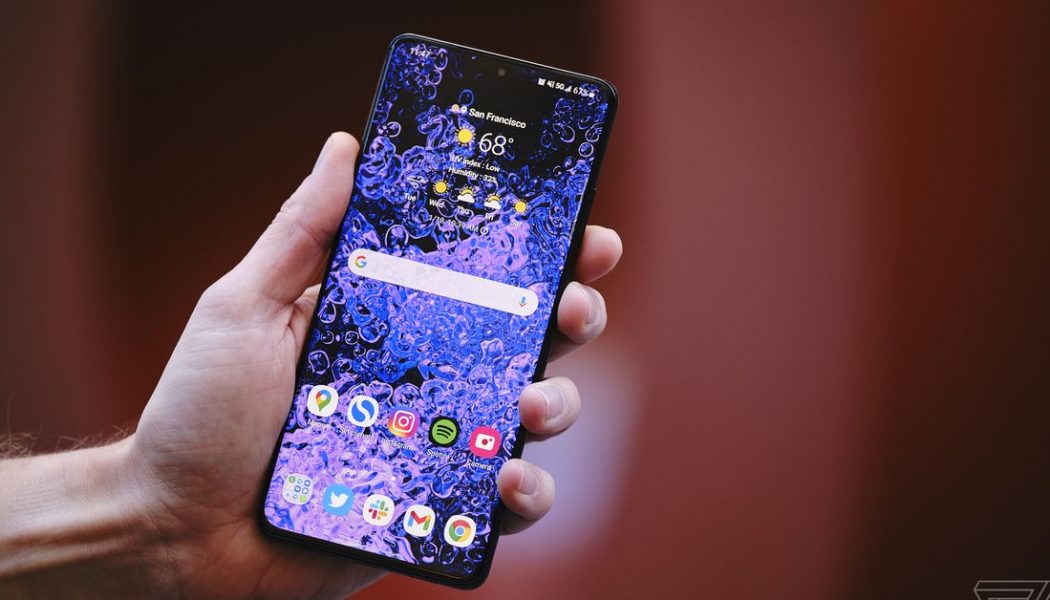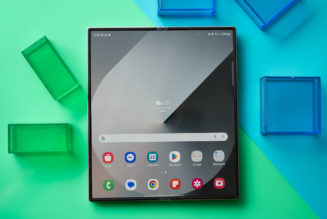
Samsung’s latest flagship, the Galaxy S21 Ultra, is its first phone to feature Samsung Display’s new power-efficient OLED panels. In a press release, Samsung says the new display consumes 16 percent less power thanks to a “just-developed organic material” that means “electrons flow faster and more easily across the display’s organic layer.”
“In other words,” Samsung explains, the technology means its “OLED panels can create brighter light while consuming less power, which improves the battery lifetime.” A smartphone’s display is typically one of its most power-hungry components, so efficiency gains here can have a big impact on the overall battery life of the device. In our review, we remarked that the S21 Ultra has excellent battery life that lasts “beyond a full day.”
Samsung confirmed to The Verge that the S21 Ultra uses an LTPO (aka a Low-Temperature Polycrystalline Oxide) display, but it’s not the first of Samsung’s phones to do so. Last year, The Elec reported that Samsung’s Galaxy Note 20 Ultra also used LTPO display panels, which Samsung brands as HOP (Hybrid Oxide and Polycrystalline silicon). However, this week’s announcement says the S21 Ultra is the “first” to use the more efficient panels, suggesting Samsung Display has further refined the technology compared to the Note 20 Ultra.
Prior to appearing in smartphones, LTPO displays have been used in smart watches. The Elec notes that the Apple Watch Series 4 featured an LTPO display produced by LG, while Samsung’s Galaxy Watch Active 2 used an LTPO display produced by Samsung Display.
If reports are accurate, Apple’s next flagship iPhones could soon benefit from Samsung Display’s power-efficient panel technology. Earlier this year, The Elec reported that the South Korean company is in line to supply LTPO panels for Apple’s 2021 iPhones. According to the report, Apple will use 120Hz LTPO OLED displays in two of its four iPhones in the second half of the year, while the other two will have more traditional OLED panels.










